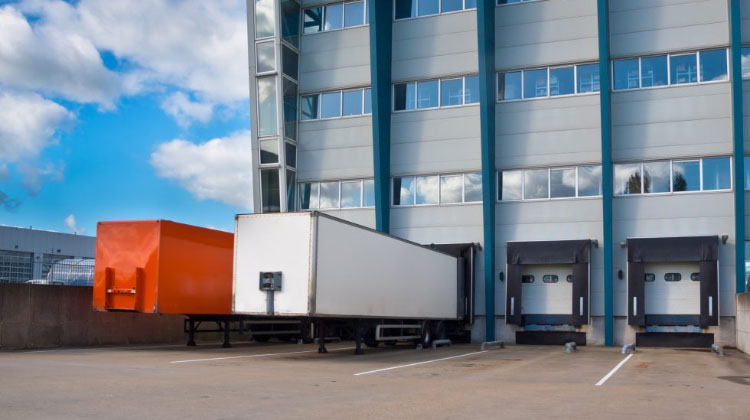#2 in a Series: “IoT ̶ A Supply Chain Game-Changer”
In my first post in this series, I talked about the difference IoT is making in manufacturing facilities. This time, I’d like to focus on supply chain management in warehousing and distribution. It’s an area that is gaining increasing importance in business today for several reasons, including:
- the hyper-competitive arena that places tighter and tighter constraints on suppliers and vendors to deliver orders accurately and precisely on schedule
- retailers (and manufacturers) that require vendors and suppliers to maintain the bulk of inventory, supplying it only as needed, yet guaranteeing complete availability without product outages or parts shortfall
- the dramatic growth of online shopping that has increased the number of (and demands upon) picking and fulfillment operations, and enhancing pressure upon them to provide accurate and timely deliveries to customers.
The Difference Between “Labeled” and “Located”
It’s obvious that in supply chain management, warehousing requires clear product identification. For decades, accurately labeled products were stored, collected, moved and shipped primarily by human beings performing actions based on those labels. Inventory management consisted largely of humans manually counting and recording those products. This was not only time-consuming, but also subject, obviously, to human error.
The advent of RFID tracking made inventory much more dynamic. With those tags constantly “reporting” their whereabouts, a much more reliable picture of inventory is achieved. An electronic “snapshot” shows 95% or more of inventory items in real time. As you might imagine, this can greatly speed the shipment of parts to manufacturers or products to end users, and nearly eliminate the fears of product outages.
Another example of IoT allows for virtual two-way communication with those products. With an “e-paper tag” the labels go beyond even RFID capabilities. It allows for instructions to be sent, for example, to a pallet or bin of parts or products, indicating where that unit is headed; but if that changes, instructions may be sent to re-allocate it to another destination or storage point in the warehouse. Thus an instant, real-time readout indicates not only what the product is, but where it is going…and allows instant updates and redirects to the latter component. This can be an incredible boost to cross-docking and other large logistics operations.
Information Means Control
A productive and profitable warehousing function depends upon the careful control of inventory flow. The Internet of Things allows devices involved in the process to deliver more information to better manage that flow. It allows warehouses and distribution centers to operate with the same streamlined, flow-controlled efficiency that their clients demand in “just in time” supply situations.
Speed and accuracy are essentially the two primary variables that allow these facilities to offer enhanced value to the manufacturing facilities, brick-and-mortar businesses and online retailers that make up their customer base. IoT leads to better performance on both those key indicators.
A Real Difference in the Real World
How can big-screen TVs be manufactured and sold at an ever decreasing price point? How can companies like Amazon promise next-day delivery on such an incredible range of products located in so many different places across the country? The Internet of Things helps make this possible.
As I mentioned last week, I’d sure like to hear for you if the Internet of Things has impacted your business. If it has, give me a call or let us know in the comments below. IoT doesn’t really mean your toaster is reporting your crust preferences to some far off data center. But it might well be part of the reason that toaster only cost you $19.99.


